Help Bring H.4244 to the Floor!
Contact your state legislator today to protect animals from abuse in Massachusetts
Thanks to the incredibly hard work of bill sponsors Representatives Bruce Ayers and Louis Kafka and Senator Bruce Tarr, a very important piece of legislation received a favorable report from the joint Judiciary Committee. House Bill 4244, “an act relative to the penalty for killing, maiming, or poisoning animals,” has now moved closer to becoming law.
H. 4244 increases penalties for animal abuse from 5 years to 7 years and $2,500 to $5,000. The bill also would require veterinarians to report animal cruelty and create a task force to recommend future protections for animals in our state.
Here’s where you come in!
This legislative session ends in just a few weeks on July 31. H. 4244 must get to the floor for a vote before then!
Contact your state representative today and ask him/or her to push to pass H.4244.
Why is passing H.4244 so important?
- Massachusetts currently has one of the lowest fines in the nation for animal abuse.
- The penalties for animal abuse have not been updated in almost 10 years.
- 4 out of 5 cases of animal abuse remain undiscovered – requiring veterinarians to report abuse helps prevent cruelty and neglect.
- Studies indicate that 48-87% of veterinarians will encounter cases of animal abuse – some remain unsure about reporting it to authorities.
- The task force included in H. 4244 will make recommendations to improve reporting of animal abuse and increase protections for animals.
Very importantly, as Representative Ayers has noted, “research has consistently shown a link between animal cruelty and violence against humans. By increasing the penalty for animal cruelty, we are not only working to keep animals safe from harm, but we also hope to have an even bigger impact on the overall efforts to reduce crime.”
The case of Puppy Doe galvanized many animal welfare advocates and legislators to put forward legislation like H. 4244, yet her case is just one of far too many the ARL sees every day. Legislation that strengthens the ability to prevent cruelty and inhumane treatment will dramatically improve the welfare of animals in Massachusetts.



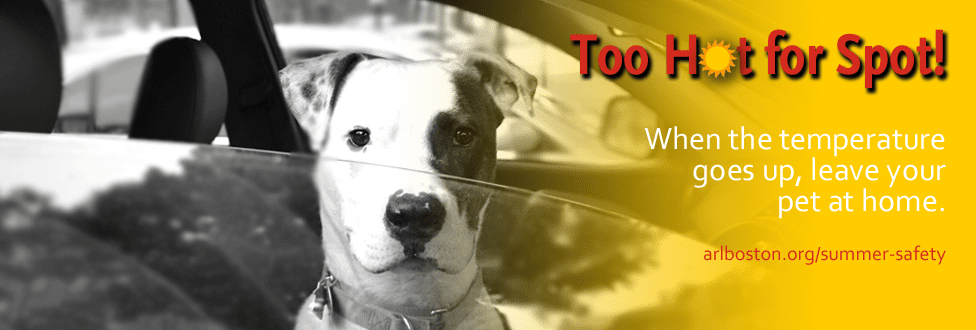
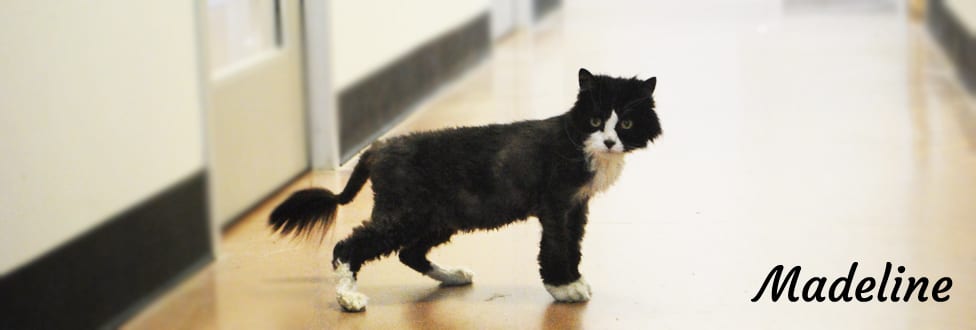

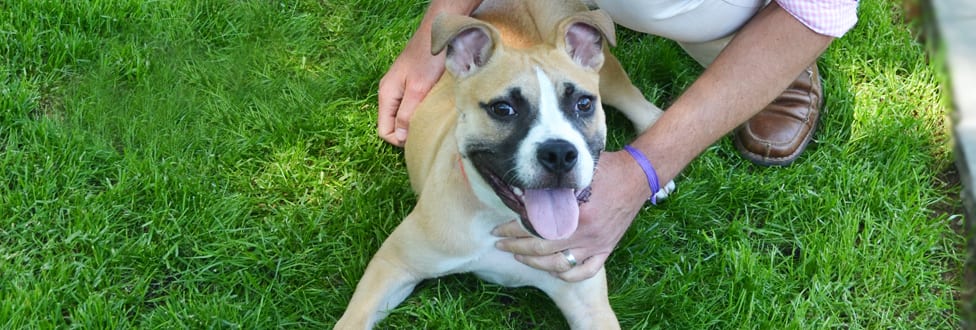



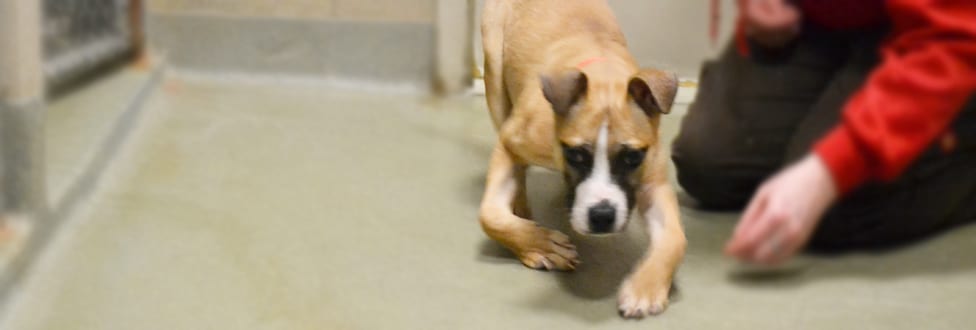
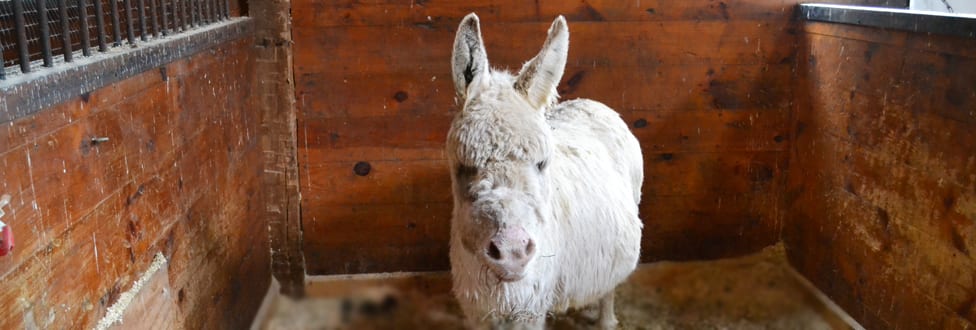


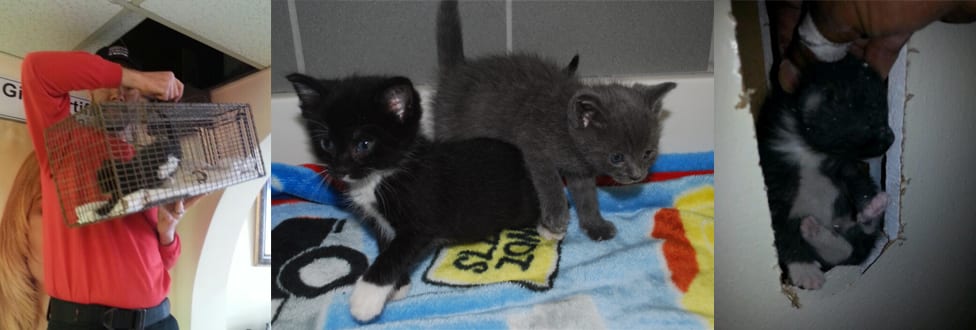




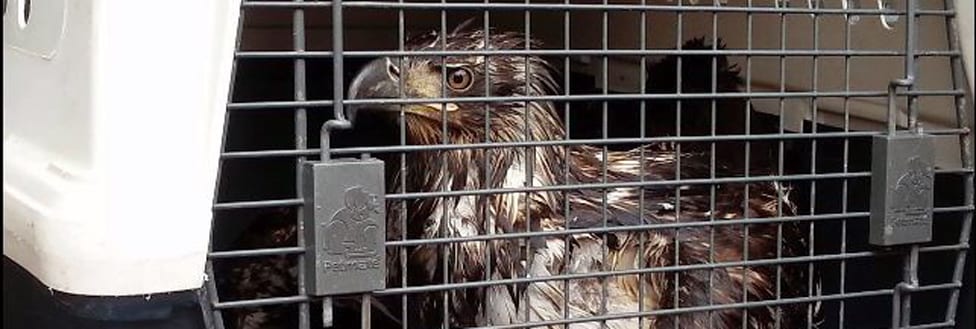
 On May 1, 2014, the Animal Rescue League of Boston (ARL) received a call from Tyngsborough animal control in regards to an injured juvenile bald eagle.
On May 1, 2014, the Animal Rescue League of Boston (ARL) received a call from Tyngsborough animal control in regards to an injured juvenile bald eagle.